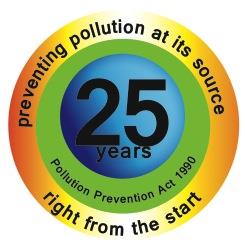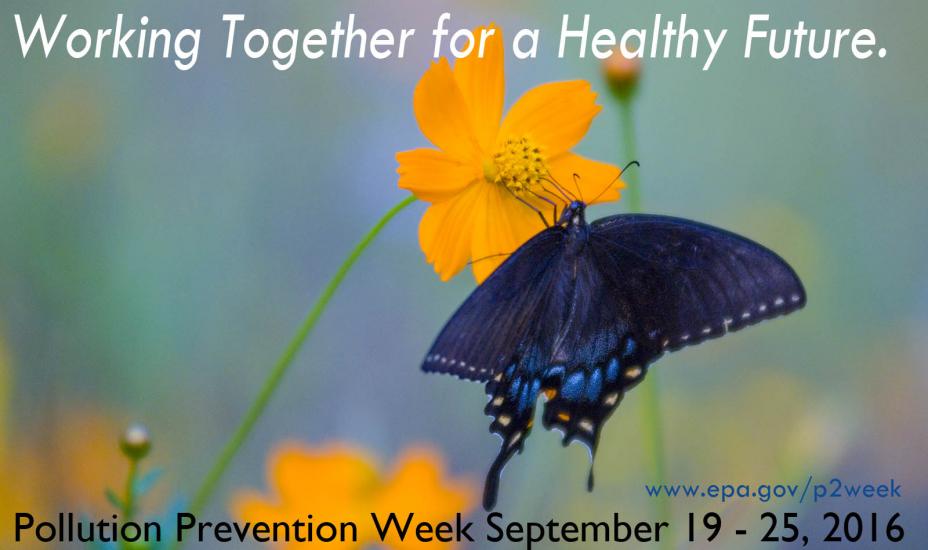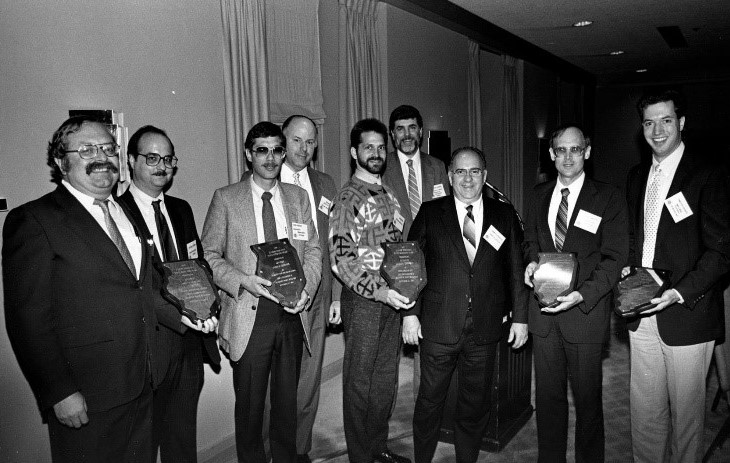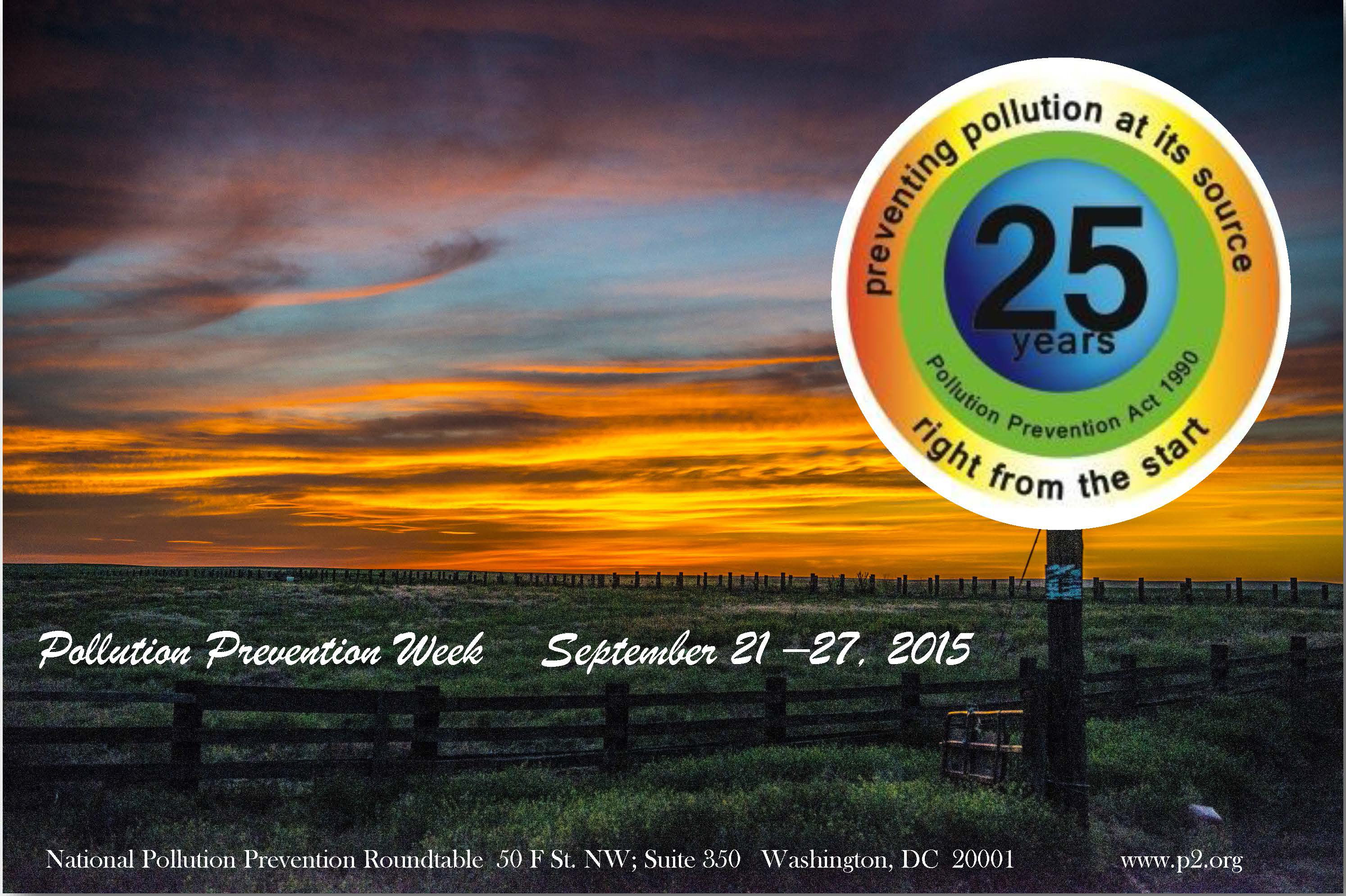 Although many businesses and organizations want to become more sustainable, they often lack the time and the money to implement specific projects. This is where P2/E2 intern programs can help. The programs place engineering students at companies and organizations to conduct focused research on specific pollution prevention and energy efficiency projects.
Although many businesses and organizations want to become more sustainable, they often lack the time and the money to implement specific projects. This is where P2/E2 intern programs can help. The programs place engineering students at companies and organizations to conduct focused research on specific pollution prevention and energy efficiency projects.
The programs are win-win for organizations and students. Interns have the opportunity to evaluate and potentially implement pollution prevention and energy efficiency solutions in a real-world setting, while companies realize significant savings by implementing the intern’s recommendations.
Within U.S. EPA Region 5, the Illinois Environmental Protection Agency and the Minnesota Technical Assistance Program both have long-running, successful intern programs.
Illinois EPA
Each year, Illinois EPA’s Office of Pollution Prevention recruits upper-level university students to work on both pollution prevention (P2) and energy efficiency (E2) projects during the summer. The purpose of the program is to help facilities identify, research and pilot P2 technologies and practices. In the area of E2, companies can realize overhead cost savings due to increased energy efficiency while reducing greenhouse gas emissions. The interns provide technical assistance at a relatively modest cost and bring a fresh perspective to the organization. In 2011 and 2012, the program helped facilities save over $1.9 million in reduced operating and disposal costs.
While students have been placed primarily at manufacturing facilities, they have also worked at small business development centers, trade associations, local government facilities, environmental groups and military installations. Each student selected for the program is required to attend an initial P2 training program in Springfield. The student spends the remainder of the 12-week summer session working as a temporary full-time employee at the sponsoring facility. Students typically have backgrounds in engineering or environmental management.
Each intern student selected for the program is required to attend a one-week training class, which covers topics like: net zero waste; energy efficiency (lighting, boilers, HVAC, motors/VFDs and air compressor systems); water conservation; process mapping; and renewable energy. Once on the job, the intern must adhere to a work schedule; follow company policies and regulations; work with management and staff; and prepare bi-weekly progress reports.
To participate in the program, host facilities must provide a well defined project(s), student supervision, work space, safety training, employee cooperation and workers’ compensation. Depending on program funding availability, the facility may also be responsible for paying a portion of or the entire student salary, which averages approximately $2,700 a month for a 12 week period (one week of training and 11 weeks in the field).
Illinois EPA recruits qualified students, trains interns on pollution prevention techniques, matches interns with host facilities, establishes contracts with interns, reviews progress reports, and provides technical support.
Project technical summaries for completed internships are available at http://www.epa.illinois.gov/topics/pollution-prevention/p2-internship/projects/index.
For more information on the IEPA Intern Program, contact Richard Reese.
MnTAP
Each summer, MnTAP recruits and hires junior and senior college students who have strong technical backgrounds and leadership abilities to work on waste and energy reduction projects at companies in Minnesota. Typically, six projects are funded each year in locations around the state. Each year’s projects are different; they address different challenges within a number of different industries. Therefore, project specifics vary year-to-year.
Students who participate in the program are expected to:
- Attend a full-day orientation and training on the University of Minnesota Twin Cities campus.
- Determine how waste is currently produced and energy is used in company processes. Gather data from reviewing reports and running tests.
- Identify what other companies are doing in regards to the project. Contact vendors about best available technologies. Research and evaluate options for reducing waste and/or energy use.
- Work with the company’s management and employees to determine feasibility of different waste and/or energy reduction options. Develop a cost comparison between the use of existing procedures and new ones.
- Write a final report and present project results.
Interns work on site at the company facilities under the supervision of the company and MnTAP staff. Positions are full-time for three months, starting at the conclusion of spring semester or quarter. Interns are paid $13.00 per hour during the 500 hours of summer employment. They are also awarded a $1,000 stipend at the completion of their project. The stipend is contingent upon the completion of project deliverables such as a final report, presentations, and other duties as requested by MnTAP and the company. Cumulatively, pay equals approximately $15.00 per hour when averaged over the three months of the project.
To qualify for the intern program, companies must be located in Minnesota; interested in reducing industrial waste; willing to make operational or procedural improvements to accomplish a waste reduction or energy efficiency goal; and be able to develop a project idea that applies to other Minnesota businesses. Companies are asked to provide an on-site supervisor as an in-kind contribution and contribute 10% of the total project cost ($3,000) to help support the intern program. These funds are used to offset project costs such as student compensation.
Project technical summaries for completed internships are available at http://www.mntap.umn.edu/intern/pastproj.htm.
For more information on the MnTAP intern program, contact Linda Maleitzke.
Related Resources






